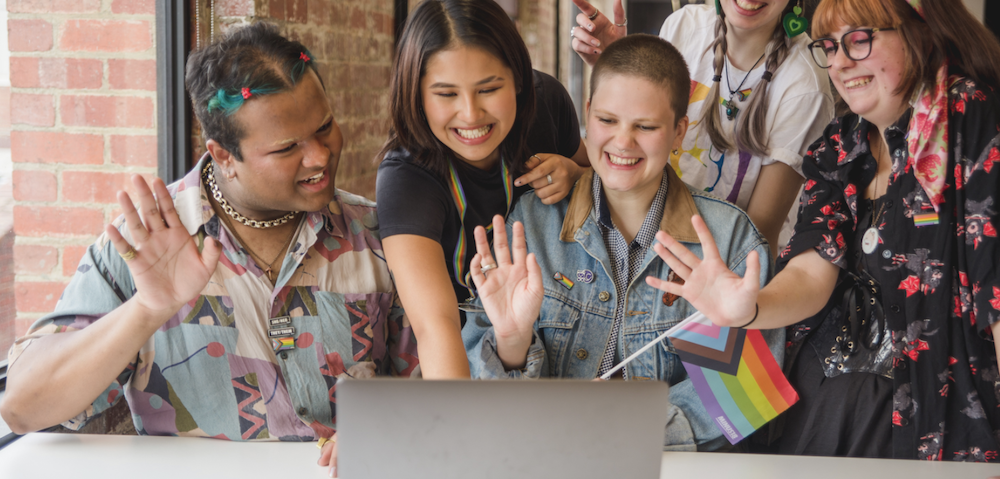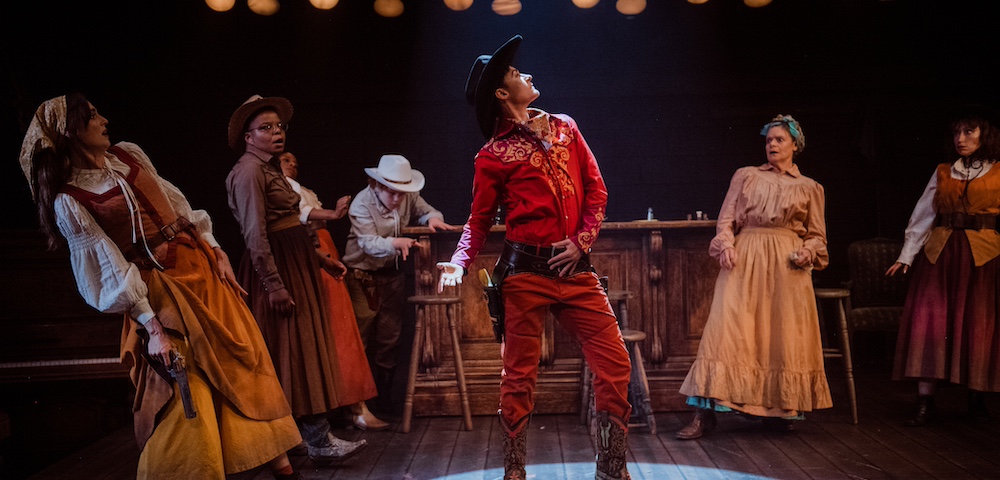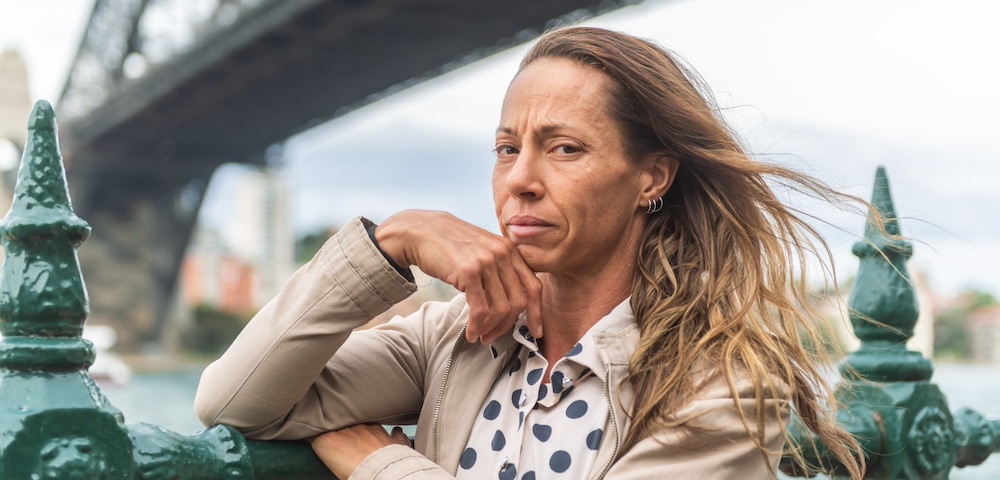
New Study Shows Rise In Domestic Violence During COVID
One in 10 LGBTQI people in Australia are at risk of domestic and family violence, says a new report launched this week by Equality Australia, The Centre For Family Research and Evaluation at Drummond Street Services. Entitled, There’s No Safe Place At Home, it makes for grim reading but one that unfortunately solidifies a reality that too many in our communities have lived through and know all too well. Younger LGBTQI, trans and gender diverse persons and LGBTQI persons with disabilities were at greater risk, the report revealed. The COVID-19 pandemic and lockdowns have increased the vulnerability of many in the community to domestic and family violence.
“The typical story we heard was from a young person who was trans or gay, that were living outside of home but had lost their job due to COVID and were forced back home into a family that didn’t accept them. The other thing we found that is really critical is that families of origin, parents or siblings were just as likely to be the perpetrator of violence as intimate partners or housemates,” Ghassan Kassisieh, Legal Director at Equality Australia explained. “Those that are nearest and dearest to them, were sometimes the place where they are least safe.”
Conducted across April and May this year, of 2,631 LGBTQI Australians surveyed about their experiences of domestic and family violence, 12.2% said that they were at risk while 8% identified that they currently lived with someone who had been violent, abusive, harassing or controlling towards them in the last 12 months. Another 5% currently lived with someone who they feared would be violent, abusive or controlling towards them.
“We found that just over 1 in 10 LGBTQI people were at risk of domestic and family violence. That comprised of a group that in the 12 months up to the survey actually had experience of harassment, controlling behaviour, abuse or violence towards them, while another group currently lived with someone they feared would be violent towards them.
“Within the LGBTQI population we have certain risk factors that magnify the risk. At the very top of that are young people, who are four and a half times more likely to be at risk in comparison to the LGBTQI population over the age of 25.”
Other key groups uncovered by the report who were at greater risk included those living with others who did not know about their sexuality, trans and gender diverse people, those without employment and people living with disabilities or chronic health conditions.
Along with the COVID-19 pandemic came an increase in domestic and family violence across Australia. As someone who has worked on the frontline supporting those most vulnerable in our communities, Karen Field the CEO of Drummond St Services sees this happening in real time.
“Looking at the same months of August to October in 2019 and comparing that to this year and the exact same months, we’ve got data that shows us that our family violence has trebled over that period of time.
“COVID has been a really interesting experience on one level because yes, we have all had experiences of that, but on the ground we have seen a massive magnification of the same cohort that are over represented in all factors of inequality. This report highlights the way in which those other structural factors, unemployment, being young, or multi-gender attracted all compound together to create greater vulnerability for people.
“This is such important research to give us a much better and nuanced understanding of the way intersectionality plays out within ‘queer’. What has been deeply concerning is the amplification of risk relating to children and young people during COVID.
“We have always known that sex and gender diverse young people are at greater risks than the rest of the population for exposure to family violence. But one of the things people don’t realise is that for children and young people who were living at home, the ability for schools and others to monitor or identify young people at risk was also lost.”
Among several recommendations made in the report, were calls for a national dataset that properly captures LGBTQI experiences of domestic and family violence, and a national plan to reduce domestic and family violence properly, one that would include all LGBTQI people.
“Public Health principles tell us that we not only need to focus at the other end of the cliff, we need to be doing the prevention and early intervention family support work.
“We do need a national domestic violence collection of data but also a plan to reduce violence and really look at taking a public health approach to family violence. That would actually allow us to identify those enablers for change. We also need to see a lot more investment going into supporting families.”
The report also identified a need for targeted responses to address areas of particular need, such as for young LGBTQI people living with families of origin who do not accept them.
“You start from the position that everyone deserves to feel safe at home and that’s why we need a national plan,” says Kassisieh. “But our current plan is very much framed around an a-gendered and cis–gendered view of violence which assumes the perpetrator will always be male, and the survivor would always be a woman or a child.
“We also know that unless we address discrimination and attitudes that are negative towards LGBTQI people, the drivers for that violence will not be addressed. For example, we still have laws that allow religious schools to expel students for being LGBTQI, now if that student is at risk of violence at home, their safe place may only be their school, but when that school isn’t safe, that magnifies the risk for that young person.
“What this data shows us is there is a lot more complexity here. We need national data sets that properly count and account for LGBTQI people in family violence statistics, and then we need to see services like Drummond St and others to be supported to ensure that they can provide a safe and inclusive space for people to go to when they do experience family violence.”
Concluding, Kassisieh says that what the report shows is “that LGBTQI people are at risk to at least a comparable if not greater level than the broader population, and while it is absolutely critical that we do maintain support for people who experience violence in opposite sex relationships, particularly women and children, it can’t just be the only focus.”
Are you or someone you know at risk of domestic and family violence?
- If it is an emergency call Triple Zero (000) and ask for the police.
- Call 1800 737 732 – 1800RESPECT Helpline is the National Sexual Assault Domestic Family Violence Counselling Service.
- Contact the Domestic Violence Line on 1800 65 64 63 when it’s safe to do so.
- Call QLife on 1800 184 527 3pm – midnight.
If you feel distressed reading the story, you can reach out to support services.
For 24 hour crisis support and suicide prevention call Lifeline on 13 11 14
For Australia-wide LGBTQI peer support call QLife on 1800 184 527 or webchat.









